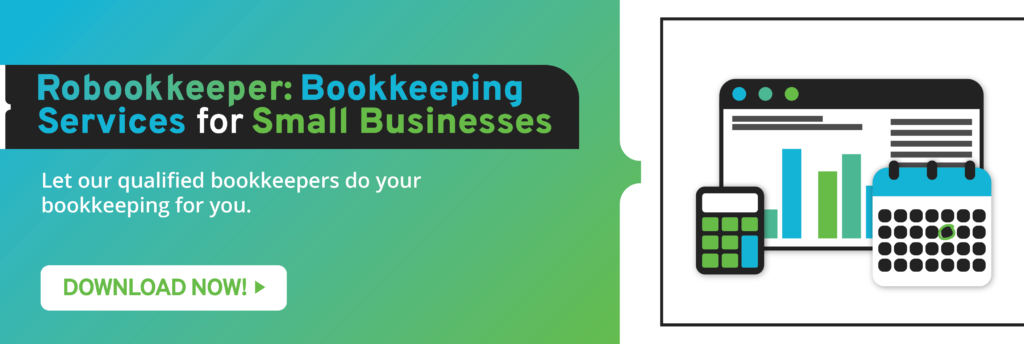The needs of your customers vary; some might need just a little more convincing before they buy your product or pay for your service, while others are only looking for information about your brand. A generic approach may get you some paying customers. However, this strategy may not be a reliable one for your small business’ long-term prospects. It’s important to understand the different needs of customers. Understanding the different stages of the buyer’s journey allows your team to create campaigns and calls-to-action that convert website visitors. A customized approach depending on the journey of a buyer improves their experience and increases the likelihood of a purchase.
What are the different stages of the buyer’s journey?
Awareness
At this stage of their journey, a potential customer has identified a pain point. This is when they look for information about their problem. This can be a variety of things such as fixing a broken bike, hole in their roof, acne, etc. Once they have a name for the problem they’re experiencing, they’ll start searching for details about it. They’ll read blog posts, watch videos, browse infographics, and consume all types of content related to what they’re experiencing.
This stage gives you an opportunity to present your small business as an authority to a potential customer. The blog posts, videos, and other types of content you publish should revolve around a topic that concerns your visitors. This approach enables you to gain a potential customer’s trust and connect with them beyond a straightforward sales pitch. Focusing on a topic also improves your search engine results ranking. Your published content will be easier to find because it will appear in the first few pages of Google or other search engines.
Consideration
Once a potential customer reaches this stage, they already know their pain point and are considering possible solutions for it. For example, their thought process is choosing between buying supplements or changing their diet when they want to lose a few pounds. They’ll weigh all the advantages and disadvantages of the solutions they find through their research. They may stumble upon a few brands, but they have yet to make a shortlist of where to purchase products or use a service.
At this stage, your approach should be about educating your potential customers about your brand without using a heavy-handed sales pitch. Inform them about your products and services and how you can solve their problem. Convey your value proposition and unique selling proposition. You can include these at the end of blog posts or videos. Don’t forget to write a call-to-action at the end of the content you publish to direct the choices of your website visitors.
Decision
When a customer has reached this point, they’re ready to spend money on a product or service. They have a shortlist of brands that offer them the solutions they’re looking for. They’ll compare the pros and cons of the products and services on their list before deciding. They’ll likely choose a brand they trust and has presented itself as an authority in their niche. It’s difficult to convince a potential customer if you failed to build your small business up in the previous stages. A hard selling approach will most likely turn them off. However, if you did the work of sharing relevant content and connecting with a potential customer from start to finish, your chances of improving your conversion rate increase.
Your target customers need to know your unique selling proposition and the value you provide them with. These affect their choice when it comes to purchasing a product or using a service. Quality content and a specific call-to-action are some additions you can use to funnel a website visitor through your sales channels.
Content Ideas for Different Stages of the Buyer’s Journey
You’ll need various types of content if you want to grab the attention of a potential customer as they go through the different stages of the buyer’s journey. These are the types of content you can publish to connect with your audience:
Awareness Stage
- Instructional Video – how-to videos allow viewers to not just learn more about their pain point, but also acquire skills to solve them. Instructional videos provide a step by step process to solve a problem. You can include calls-to-action to your product pages or services as long as they’re related to the video you published.
- Blog Post – this type of content is a great way to showcase your knowledge about a specific topic that is relevant to the pain point your target customers are experiencing. They’d want to gather more information about their problem before moving to the consideration stage.
Consideration Stage
- Case Studies – a case study solidifies your position as a reliable brand that delivers on its promises. It shows data about customer satisfaction and measurable results over a certain period. Make your study interesting by weaving a story using the data you gathered. This appeals to the emotions and logic of readers to not just consider your brand but to choose you over the competition.
- Comparison Articles – during the consideration stage, a potential customer is weighing all their options. Grab their attention by publishing comparison guides. These include the advantages and disadvantages of a particular product or possible solution. This type of content informs your readers and may give you an edge in their minds.
Decision Stage
- Offer a Consultation – this approach allows you to improve the chances of closing a sale. A potential customer may need just a bit more convincing to say yes. You can make your case during the consultation. Show the value your small business offers and the win-win scenario of choosing you over the others in the market.
- Entice with a Free Trial – remove doubt about the effectiveness of your product in the mind of a potential customer by offering them a free trial. If they don’t like your product, they can move on at no extra cost. If they love your product, your sales team can answer other questions and close the deal.
Understanding the different stages of the buyer’s journey enables you to learn more about your customers and customize your approach. A customized strategy allows you to convert at a higher rate.
If ever you need help with bookkeeping, reach out to us at Robookkeeper. We offer first-rate outsourced bookkeeping services. You can contact us via [email protected]. We have a team of experienced virtual bookkeepers that can assist you.



